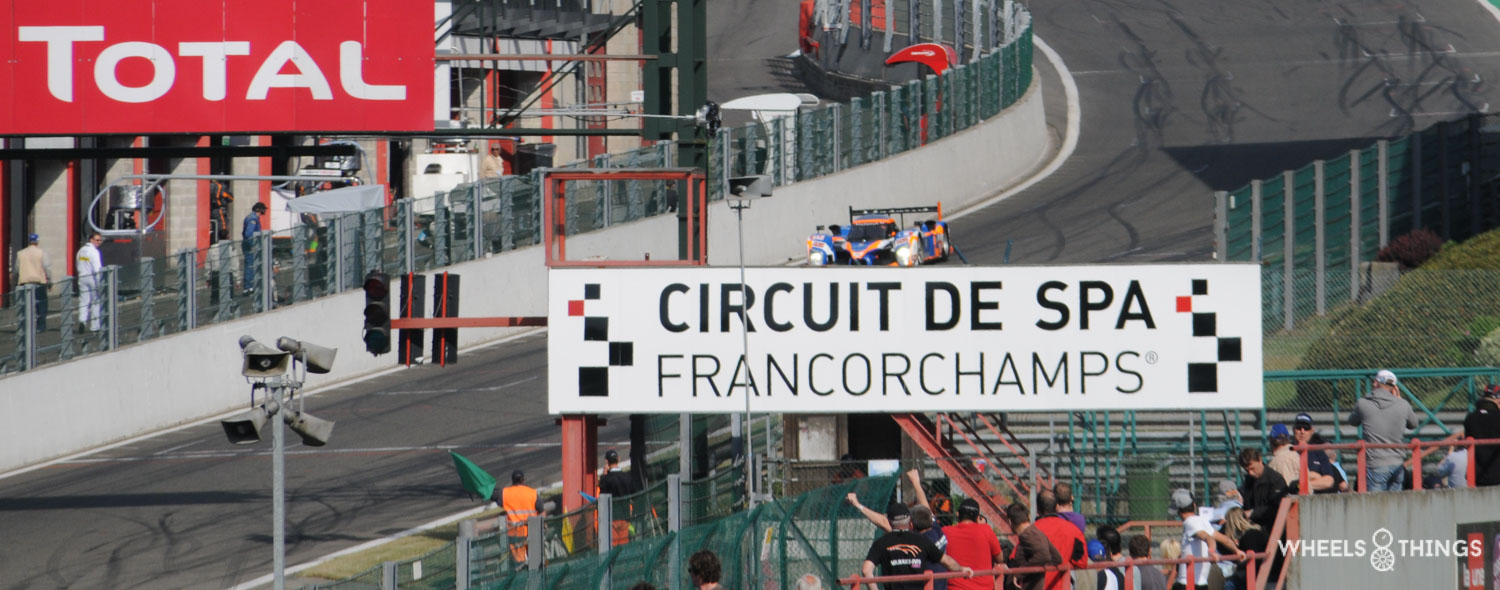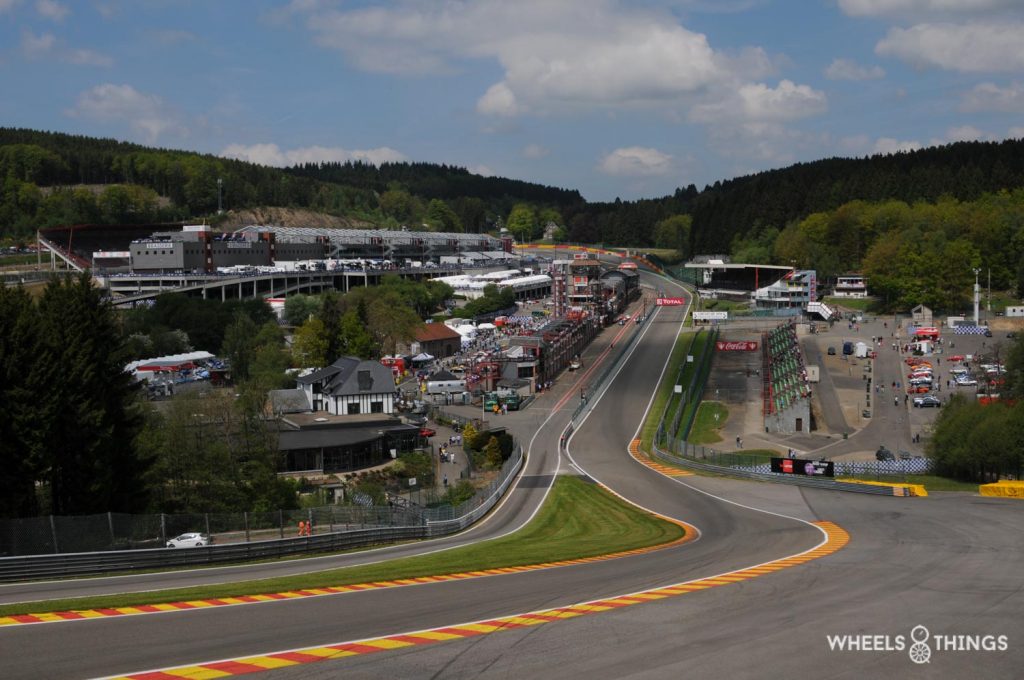
Spa-Francorchamps: a name that rings a bell! Almost everyone ( car lover or not ) knows it is a car circuit. Francorchamps is one of the most mythical and beautiful that we can find on our globe. Next to the Nürburgring, Suzuka, Bathurst, Road America and Le Mans, Francorchamps is high on the list of “most beautiful race tracks in the world”, for most even on place 1. And we are incredibly lucky that it is in our country, Belgium.
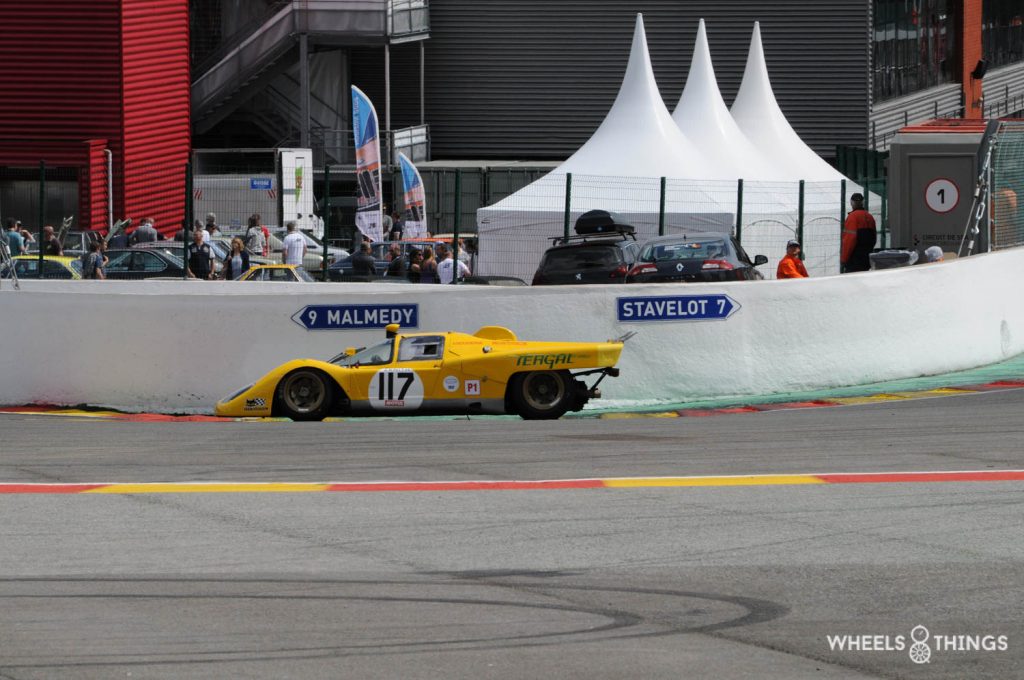
The circuit, with its famous corners such as Eau Rouge, La Source, Malmédy, Stavelot, Combes, Burnenville, Masta, Kemmel and Blanchimont, was built in 1921. There was no mention of the world-famous Raidillon at that time, which would only be introduced in 1939. A lap of Francorchamps is 15.120 km in those early days. Later this will be shortened to 14,981 km.
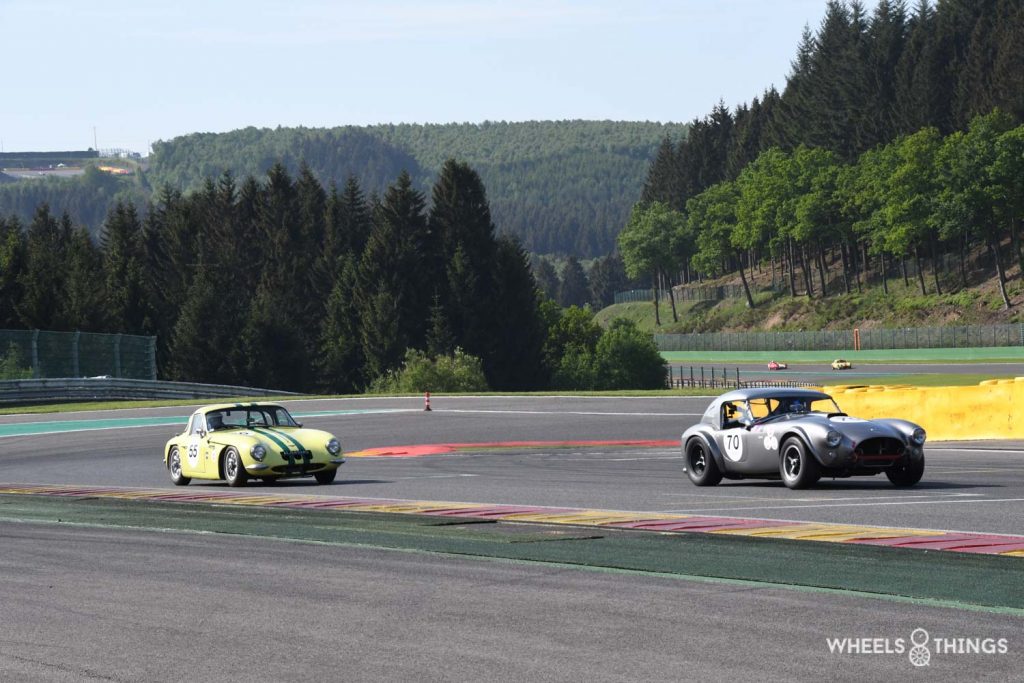
The idea of a race track between the villages of Francorchamps, Stavelot and Malmédy comes from Jules Thiers, boss of the newspaper “La Meusse” and Henri Langlois van Ophen, the then president of the Royal Automobile Club of Belgium or KACB or RACB for the French-speaking countrymen. They worked out a circuit in the shape of a triangle. For this they used the still unpaved public roads 32, 23 and 440.
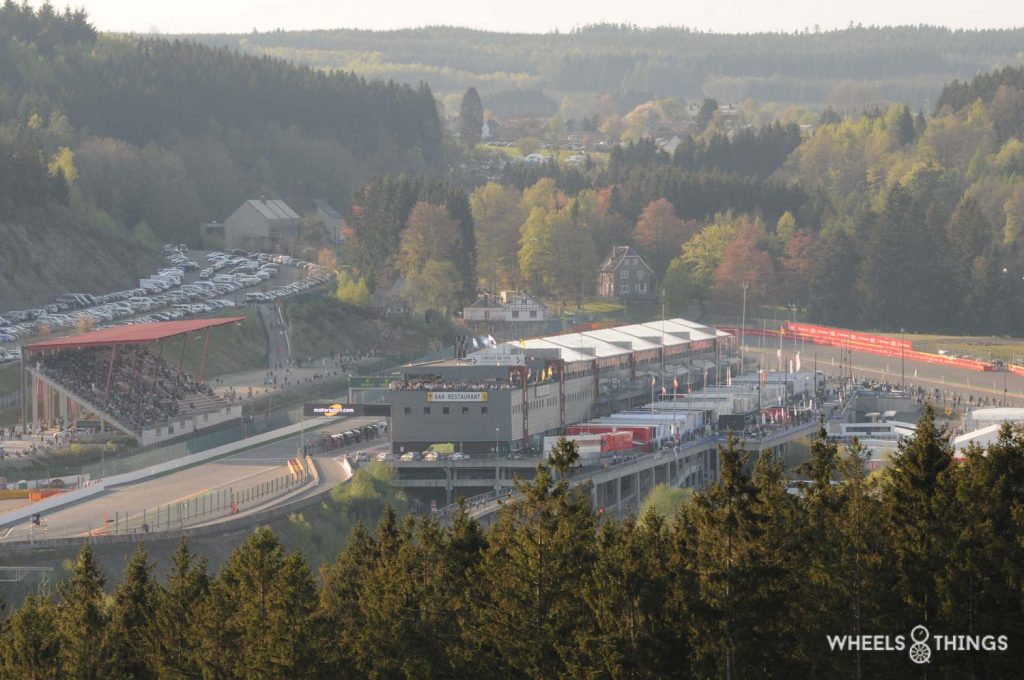
The first planned car race could not take place, as only one participant came forward. And so, on August 12, 1921, a motor race with 23 starters is the very first one on the circuit of Francorchamps ( at that time without Spa). Spa will be added much later ( for prestige ). It’s a bit weird because the circuit doesn’t touch the territory of Spa. It was Hubert Hassall who was the first to write his name on the track’s list of achievements with a Norton 500. One year later, the first car race was held and in 1924, the first 24-hour race was organised. Four years later, asphalting of the entire track began.
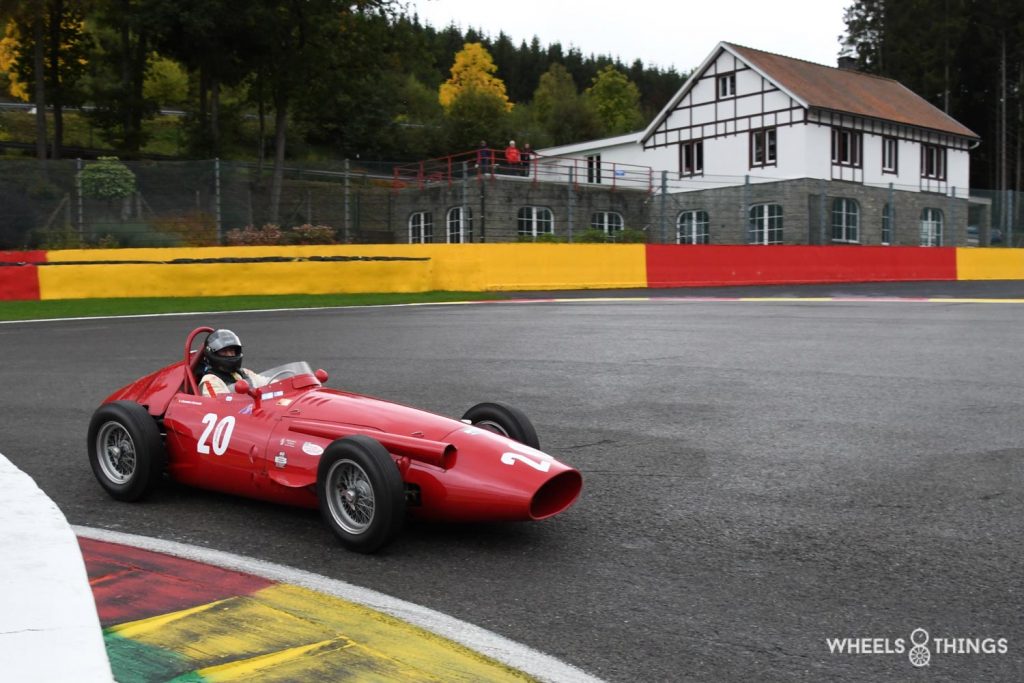
In 1950, the newly launched Formula 1 World Championship passes and Juan Manuel Fangio is the first winner of a Formula 1 Grand Prix in Belgium. Twenty years later, the last F1 race takes place on the main track. The pilots find that it is too fast and too dangerous and the organisation of the Belgian Grand Prix moves to Nivelles and Zolder.
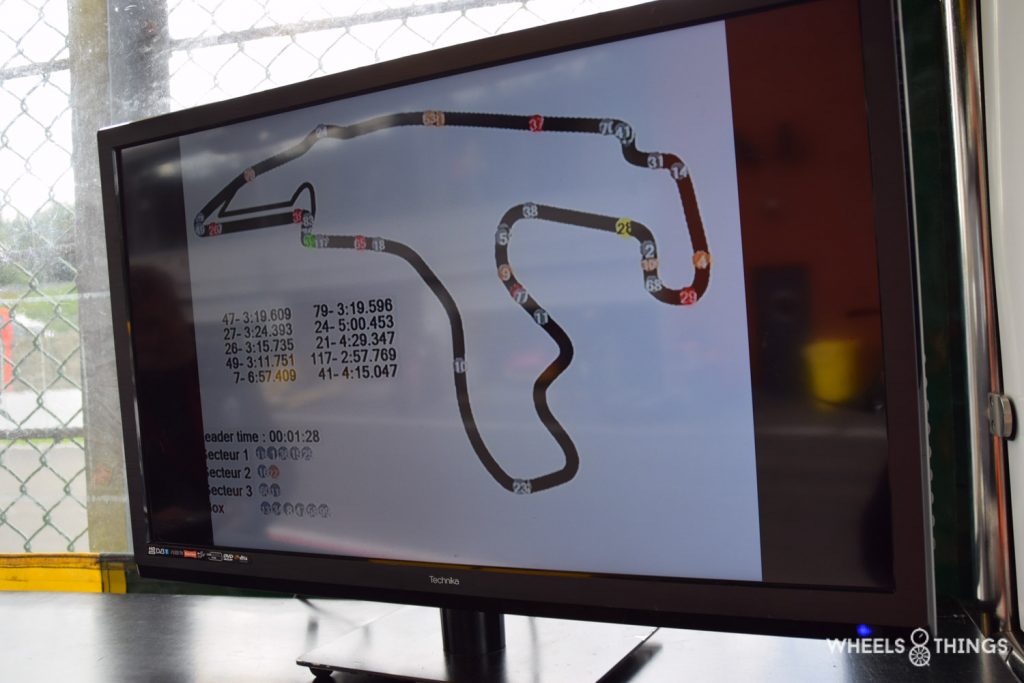
Besides Formula 1, the “24 Hours of Francorchamps” are one of the showpieces of the circuit. From 1964 onwards, this race will be contested by tourism cars. It is one of the highlights of the year. Besides the race, with crowded grandstands, there is always a real fair. Later, a music festival was added. In 1985, one Jermaine Jackson even came to give a “playback” concert. It is mainly Ford and BMW that will fight for the victory for years.
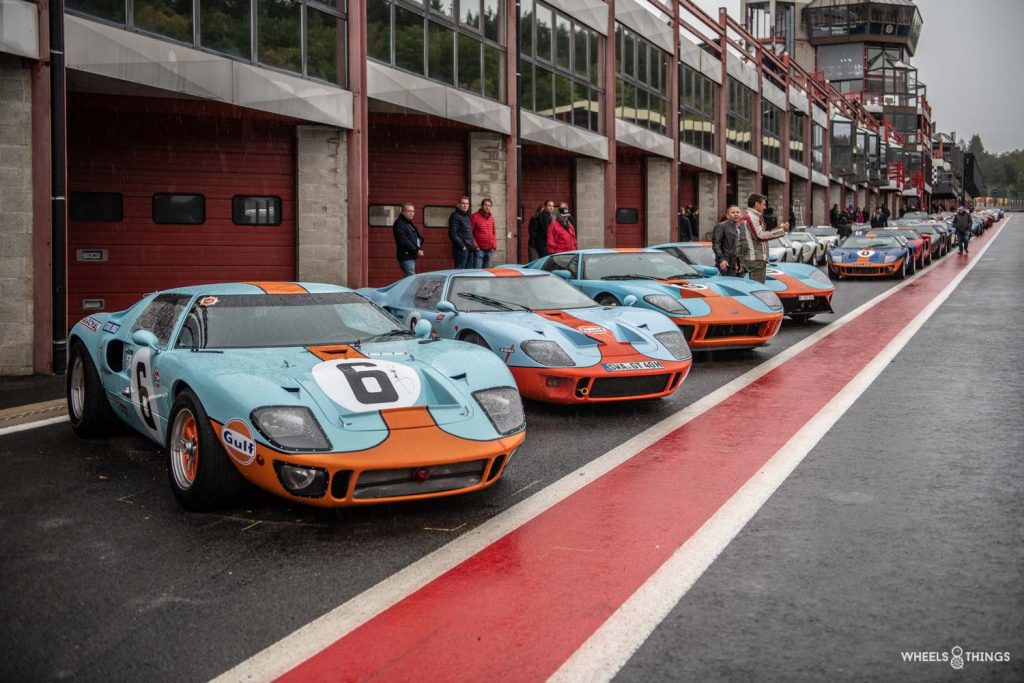
A third highlight is the 1000 km of Francorchamps, organised since 1966. This race for sports prototypes such as the Ford GT40, Porsche 917, Ferrari 512, Matra Simca 670 and later the Porsche 956 provides legendary and very fast moments. In 1973, Henri Pescarolo drove his Matra at an average speed of 262.461 km/h!!!! Our Jacky Ickx is five times winner of this 1000 km between 1967 and 1984. The first with a Mirage M1 and the last with a Porsche 956. But these hallucinatory speeds will also be the downfall of the “old and long” circuit. The number of fatal accidents continued and in 1978, the last race took place.
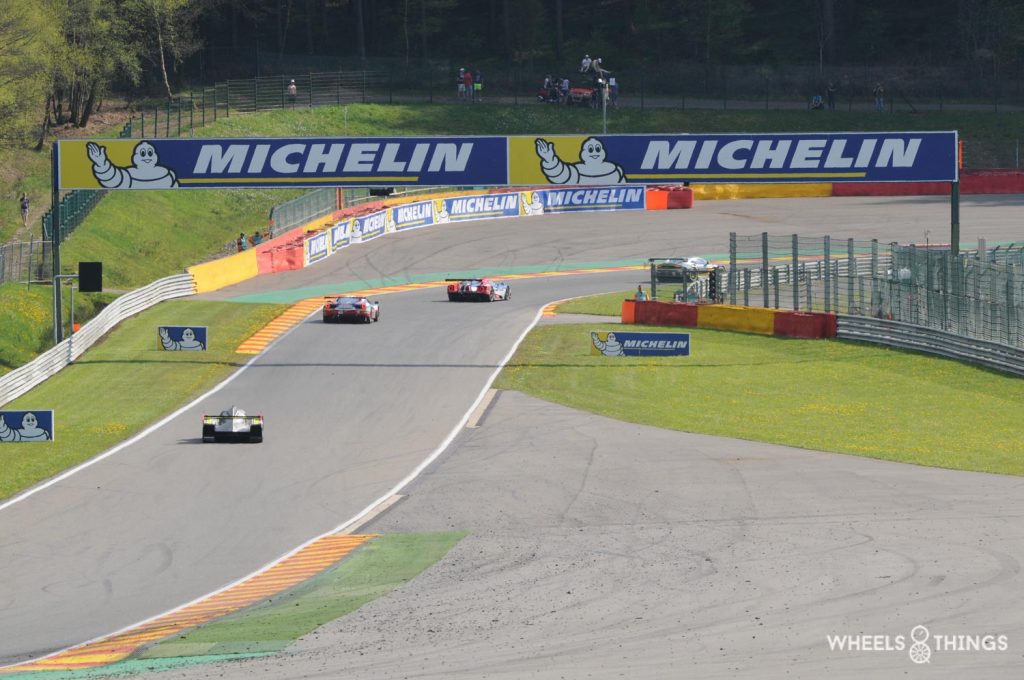
From 1979 on there is a new and shorter version of 6.947 km. In Combes, one now turns right for the “new section” that rejoins the old one, just before the turn of Blanchimont. The realisation, carried out by an engineer of the Ministry of Public Works, is very successful. Many pilots are enthusiastic: Francorchamps remains a challenge. It creates a natural separation between the “boys” and the “men”. Safety has improved but with high speed corners like Raidillon and Blanchimont, danger is always around the corner. Motor racing is always dangerous, especially on high-speed circuits. Fatal accidents will continue to happen and safety will continue to evolve and improve. In 1983, Formula 1 made its debut again and, with two exceptions ( 1984 at Zolder and because of the ban on cigarette advertising in 2003 ) it would return every year. A completely new pitlane was built for the Formula 1 teams just before La Source.
It is too dangerous for motorbikes and the International Motorcycle Federation cancels all races in 1991. Thirty years later, in the summer of 2021, after the necessary adaptations (especially safety), a 6-hour race for motorbikes will be organised again. Next years, the 24 Hours of Liège and the Belgian Grand Prix will also make their appearance again.
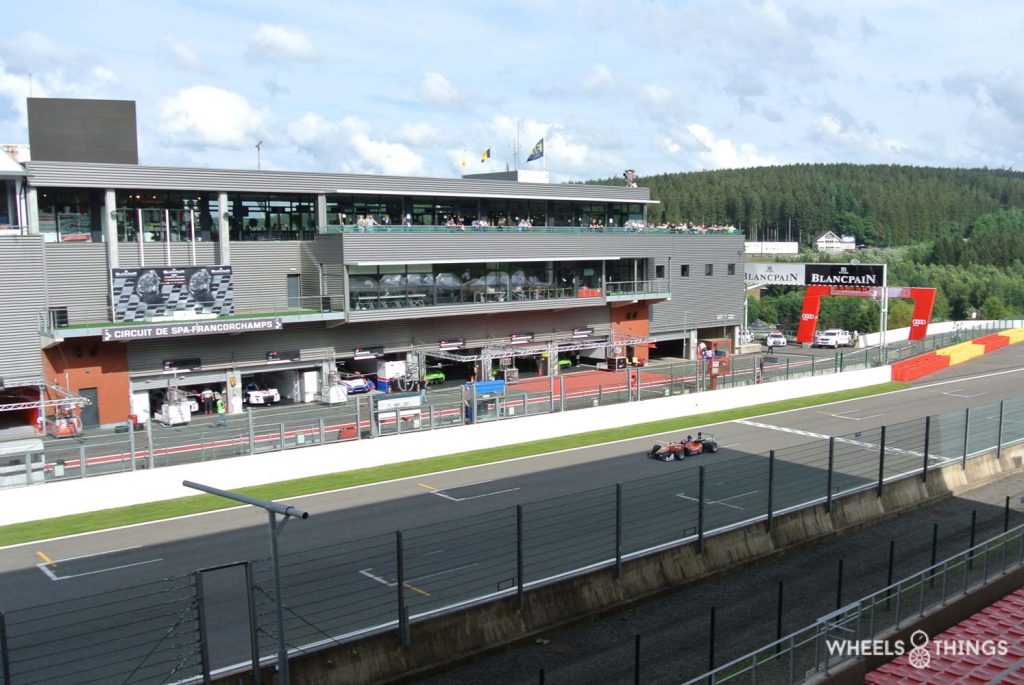
Up until 2003, part of the loop is still public road. Later on there is a traffic ban in the summer months and shortly afterwards this rule will also apply in the winter months. From then on Francorchamps is a permanent race track. This is followed by new investments such as new F1 pitlane and buildings that meet all the highest requirements of the FIA. This will make it one of the best equipped race tracks in the world. The old pitlane will also remain in existence, retaining its authentic character.
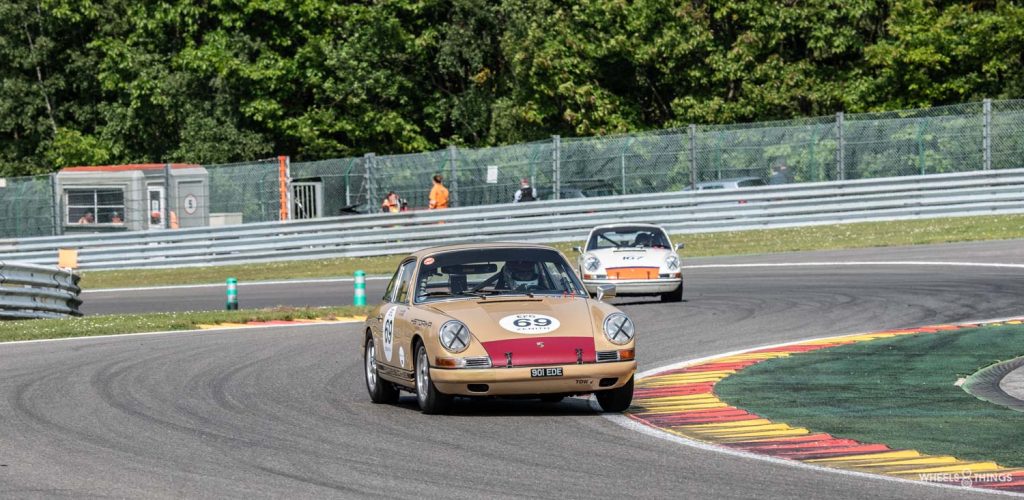
Francorchamps is a very popular circuit. All the major national and even international series pass by once a year. During the week, the track is also rented out every day for test sessions or track days. Ferrari, Mclaren, BMW M, Mercedes AMG….. all come to Francorchamps to present their products to potential clients. Also companies organising track days pass by every week. Car enthusiasts come from far and wide to drive around. Some even have their own car or even racing car transported there from another continent.
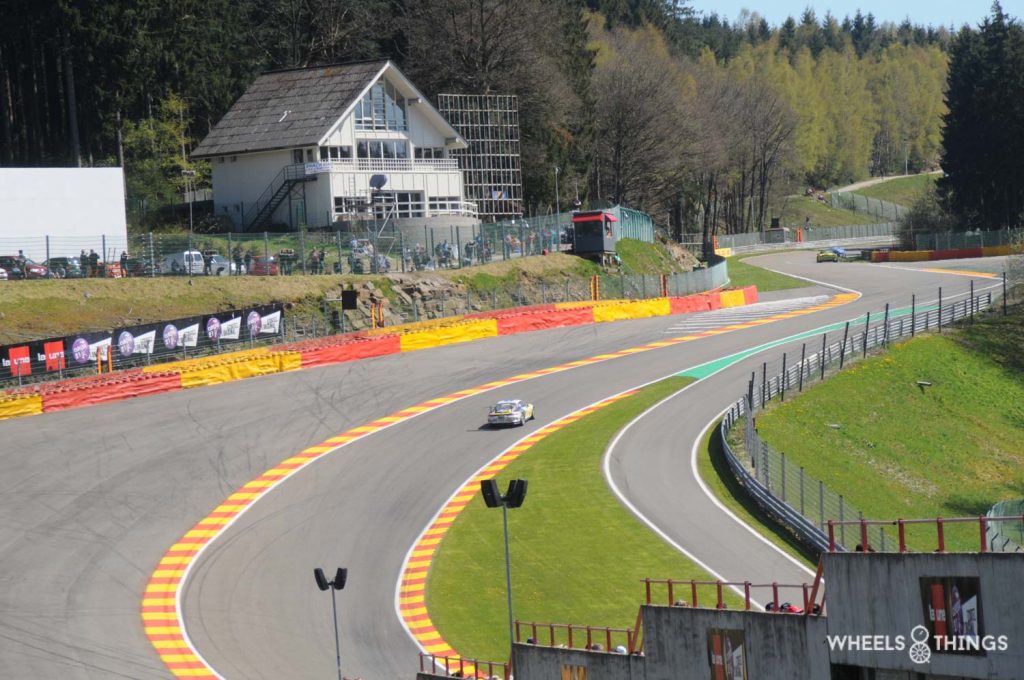
The circuit also has big plans for the future with the construction of new grandstands on the other side of the old or “24 hours” pitlane and a completely new construction of grandstands with associated lodges in the most beautiful corner of the circuit: the Raidillon.
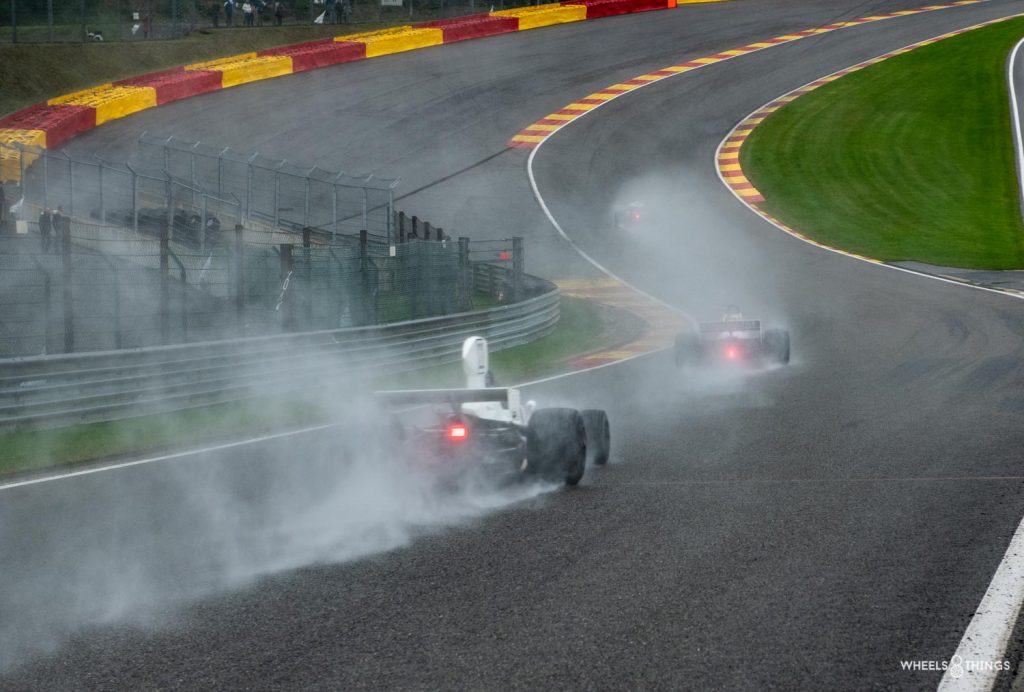
We have spent many hours on the track over the past 50 years, and whether it was the 24-hour race, the 1000 km or smaller national races, we have always enjoyed it to the full. And we have experienced everything: subtropical temperatures and fifteen minutes later rain! A race with snow and three degrees outside temperature in the month of May: really! And we should not forget the fog banks that regularly hang over the Ardennes forests. All this contributes to the unique and yet special atmosphere that prevails in that part of the Belgian Ardennes.
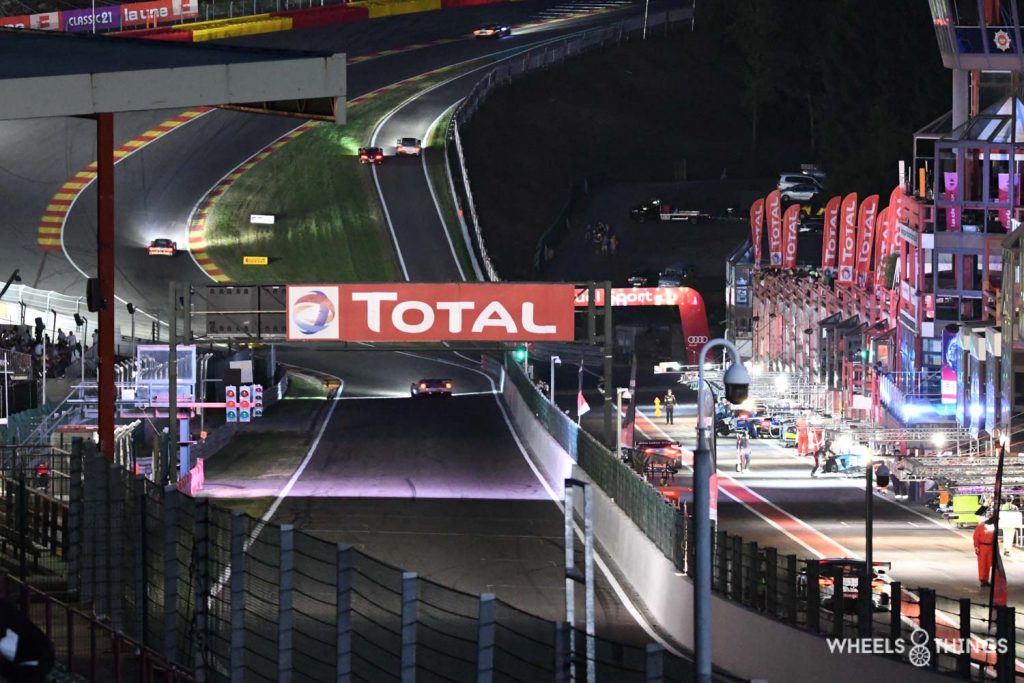
A centenarian obviously deserves the necessary respect. Unfortunately, the first planned anniversary activities were postponed due to the floods in the Ardennes in July. What will take place though is a unique birthday exhibition: 100 years of the Spa -Francorchamps circuit in the Autoworld museum in Brussels. The three main races of the circuit ( GP F1, 24 hours and 1000 km ) will be shown with cars that have ever participated. The “Sport and Competition” area on the first floor will be transformed into a real paddock. The exhibition starts on 3 September and runs until 28 November. So all of you, go there! More info can be found on the museum website
Report: Joris de Cock
Photos: Joris de Cock & Patrick Verheeken
